- Home
- Prelims
- Mains
- Current Affairs
- Study Materials
- Test Series
Dec 4, 2021
WHY A THIRD OF THE WORLD, NEARLY THREE BILLION PEOPLE, HAVE NEVER USED THE INTERNET
The International Telecommunication Union (ITU), has unveiled its report on global growth in Internet usage recently.
Increase in Internet Usage:
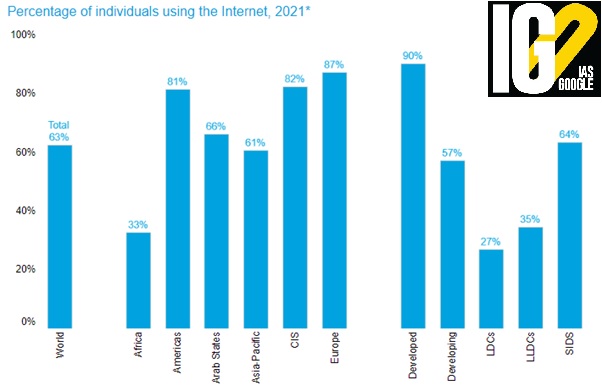

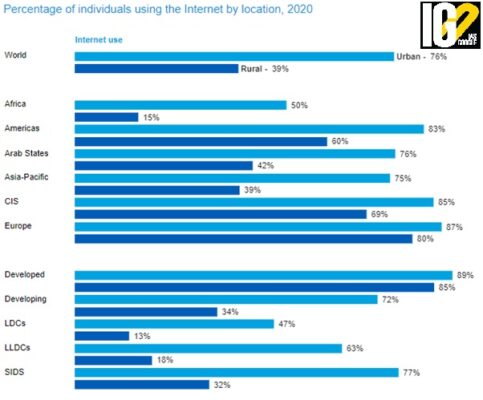
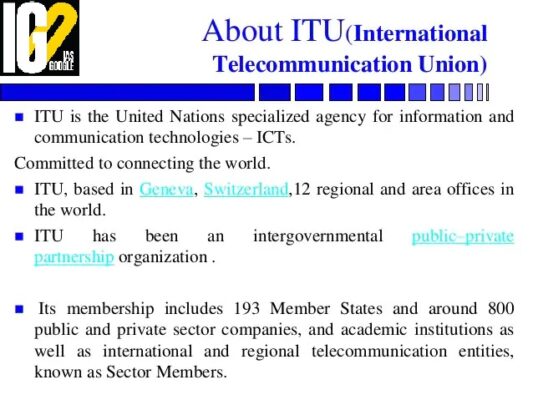
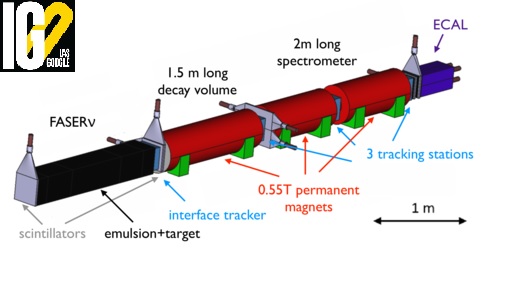
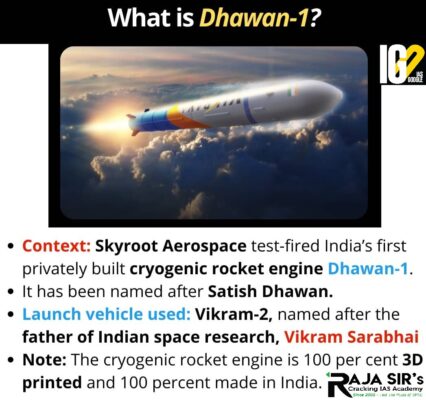 Dhawan-1 engine comprises of a vacuum thrust of about 1.5kN. Engine was tested on a specially constructed testbed at Solar Industries in Nagpur. The engine is the upper stage of Vikram-2 launch vehicle. It uses environment friendly combinations called LNG and LOX. It is entirely 3D printed. Engine has been named in honour of Satish Dhawan.
Pixxel 1 satellite
Pixxel 1 satellite will be launched in 2022. It will be the first private satellite in an Earth Observation constellation in low Earth orbit.
SEEVELI - PERMISSION TO PARADE 11 ELEPHANTS AT THRIPUNITHURA TEMPLE FEST KICKS UP A ROW
Dhawan-1 engine comprises of a vacuum thrust of about 1.5kN. Engine was tested on a specially constructed testbed at Solar Industries in Nagpur. The engine is the upper stage of Vikram-2 launch vehicle. It uses environment friendly combinations called LNG and LOX. It is entirely 3D printed. Engine has been named in honour of Satish Dhawan.
Pixxel 1 satellite
Pixxel 1 satellite will be launched in 2022. It will be the first private satellite in an Earth Observation constellation in low Earth orbit.
SEEVELI - PERMISSION TO PARADE 11 ELEPHANTS AT THRIPUNITHURA TEMPLE FEST KICKS UP A ROW


- The internet usage has accelerated during the pandemic.
- However, 37 % of the world's population have still never used the Internet.
- In 2019, 4.1 billion people were using the Internet.
- The number of users has surged by 782 million to reach 4.9 billion people in 2021.
- In 2020, the number of Internet users grew by 10.2 % driven by developing countries where Internet use went up 13.3 %.
- In 2021, growth has returned to a more modest 5.8 %, in line with pre-crisis rates.
- Internet users in least developed countries (LDCs) increased by 20 % and now accounts for 27 % of the population.

- Gender Internet divide has been narrowing in recent years. Thus, the global gender parity score has improved from 0.89 in 2018 to 0.92 in 2020.
- Globally 62 % of all men were using the Internet, compared with 57 % of all women in 2020
- The divide remains wide in the LDCs where only 19 % of women are using the Internet
- In developing countries, it was 27 % of women versus 38 % of men.
- Globally, people in urban areas are twice more likely to use the Internet than those in rural areas.
- In the LDCs, urban dwellers are four times as likely to use the internet as are people living in rural areas.
- In developed economies the connectivity rate in urban areas is only four percentage higher than in rural areas.

- In 2020, 71 % of the world’s youth aged between 15 and 24 years were using the Internet, compared with 57 % of the other age groups.
- For Africa the ratio was 1.47, and for the Asia-Pacific region it was 1.35.
- ITU is the United Nations specialized agency for information and communication technologies (ICTs).
- Established:17 May 1865
- It is the oldest existing international organization.
- Member States:193 including India.
- Coordinating the shared global use of the radio spectrum.
- Promoting international cooperation in assigning satellite orbits.
- Improving communication infrastructure in the developing world.
- Foster seamless interconnection of various communications systems.

- It coordinates with the world’s satellites through management of spectrum and orbits, vehicle GPS navigation, maritime and aeronautical communications.
- It makes internet access possible. The majority of internet connections are facilitated by ITU standards.
- ITU helps support communications in the wake of disasters and emergencies.
- It works with the industry to define new technologies that will support tomorrow’s networks and services.
- It powers the mobile revolution, forging the technical standards and policy frameworks that make mobile and broadband possible.
- Works with public and private sector partners to ensure ICT access and services are affordable, equitable and universal.
- Empowers people around the world through technology education and training.
- An international Forward Search Experiment (FASER) team has observed six neutrino interactions during a pilot run of a compact emulsion detector installed at the Large Hadron Collider (LHC).
- Scientists have encountered difficulties in detecting neutrinos as:
- LHC uses magnets to direct particles around a circular collision path with detectors dotted around these curves.
- Since these magnetic traffic signs don’t impact chargeless particles like neutrinos, they are gone undetected.
- But recent study has shown that particle colliders can be used to detect
- It can help in developing a deeper understanding of neutrinos and their role in the universe.
- A neutrino is a subatomic particle that is very similar to an electron.
- It has no electrical charge and a very small mass
- They are difficult to detect because they have a very little interaction with matter.
- Natural sources of neutrinos include the radioactive decay of primordial elements within the earth.
- It can be created from atomic decay, cosmic rays, and the collision of Earthly particle beams.
- Help find cavities of mineral and oil deposits in Earth.
- Facilitate faster global communication.
- Allow scientists to detect dark matter

- The Large Hadron Collider (LHC)is the world’s largest and most powerful particle collider.
- It was built by the European Organization for Nuclear Research, CERN.
- Large Hadron Collider (LHC) work by slamming beams of hadron particles (e.g., protons, etc.) into each other at nearly the speed of light.
- As a result of these collisions, subatomic particles such as quarks or bosons are shed and caught by detectors.
- These particles also create marks that are visible following processing.
- These etchings provide clues about the energies of the particles, their flavors – tau, muon, or electron– and whether they’re neutrinos or antineutrinos.
- Neutrinos come in what physicists’ call “flavors” which can be either tau, muon, or electron.
- Flavours can be described as what the neutrino will break into upon hitting an atomic nucleus.
- Tau neutrinos have proven to be the rarest and most challenging to detect.
- It is one of the experiments conducted at the LHC.
- It uses emulsion detection to catch neutrinos.
- It focuses on detecting the constituent parts of a neutrino that it decays into after striking an atomic nucleus just right.
- FASER will also be able to distinguish between neutrinos and anti-neutrinos striking its detector.
- Antineutrino is a neutrino with an opposite charge.
- It is India’s first privately developed cryogenic rocket engine, named after eminent rocket scientist Satish Dhawan.
- The engine has been completely 3D printed and made in India.
- It has been developed by Hyderabad based start-up named Skyroot Aerospace.
- The company used a superalloy for 3D printing the engine, which reduced the manufacturing time by 95%.
- A superalloy is an alloy with the ability to operate at a high fraction of its melting point.
- Key characteristics of a superalloy are excellent mechanical strength, resistance to thermal creep deformation, good surface stability, and resistance to corrosion or oxidation.
 Dhawan-1 engine comprises of a vacuum thrust of about 1.5kN. Engine was tested on a specially constructed testbed at Solar Industries in Nagpur. The engine is the upper stage of Vikram-2 launch vehicle. It uses environment friendly combinations called LNG and LOX. It is entirely 3D printed. Engine has been named in honour of Satish Dhawan.
Pixxel 1 satellite
Pixxel 1 satellite will be launched in 2022. It will be the first private satellite in an Earth Observation constellation in low Earth orbit.
SEEVELI - PERMISSION TO PARADE 11 ELEPHANTS AT THRIPUNITHURA TEMPLE FEST KICKS UP A ROW
Dhawan-1 engine comprises of a vacuum thrust of about 1.5kN. Engine was tested on a specially constructed testbed at Solar Industries in Nagpur. The engine is the upper stage of Vikram-2 launch vehicle. It uses environment friendly combinations called LNG and LOX. It is entirely 3D printed. Engine has been named in honour of Satish Dhawan.
Pixxel 1 satellite
Pixxel 1 satellite will be launched in 2022. It will be the first private satellite in an Earth Observation constellation in low Earth orbit.
SEEVELI - PERMISSION TO PARADE 11 ELEPHANTS AT THRIPUNITHURA TEMPLE FEST KICKS UP A ROW
- Seeveli is a temple procession of deity held on the temple premises in the morning and in the late evening.
- It is the most popular daily ritual in Kerela.
- This ritual includes colourful procession of elephants, wearing gold-plated caparison, bells, necklaces, etc.
- The elephant that carries the Uttchavar idol is normally flanked by other decorated elephants, forming a small pageant.
- Procession in the front is always accompanied by music - mostly percussion instruments such as the panchavadyam(five instruments out of which three are percussion, one is wind, and the other a pair of cymbals) and nadaswaram (a wind instrument).
-
- Award of Excellence
- Special Recognition for Sustainable Development award
- UNESCO Asia Pacific Heritage Awards are given since 2000.
- Given for: Exemplary efforts by individuals and organizations to restore or conserve structures, places and properties of heritage value in the region.
- Nine projects from six countries Bangladesh, China, India, Japan, Malaysia, and Thailand have been honoured by these awards.
- Jingdezhen Pengjia Alley Compound, Jiangxi, China
- Kesennuma Historic Citiscape, Miyagi, Japan
- Doleshwar Hanafia Jame Mosque, Dhaka, Bangladesh
- Thai Pak Koong (Ng Suk) Temple, Penang, Malaysia
- Baan Khun Phithak Raya, Pattani, Thailand
- Shajing Ancient Fair, Shenzhen, China
- Songyang Culture Neighborhood, Zhejiang, China
- Shajing Ancient Fair, Shenzhen, China
- Nizamuddin Basti, New Delhi, India
- Kesennuma Historic Citiscape, Miyagi, Japan
- Mrigadayavan Palace Woodshop, Phetchaburi, Thailand
- It is a joint initiative of the Ministry of Electronics and Information Technology and the Unique Identification Authority of India (UIDAI).
- Benefit: This facility is especially useful for those senior citizen pensioners who cannot submit their fingerprint as biometric ID due to various reasons.
- Digital Life Certificate (Jeevan Pramaan) is a biometric enabled digital service for pensioners.
- Pensioners of central/state government, Employees’ Provident Fund Organisation or any other government organization can take benefit of this facility.
- Digital Life Certificate for Pensioners Scheme, known as Jeevan Pramaan, seeks to digitize the whole process of securing the life certificate by Pensioners.

- It is an online initiative that enables the submission and display of commendable work done by retiring employees.
- Aim: To provide a platform for the retiring Central Government employees to showcase commendable work done during service.
- It is an online Pension Sanction and Payment Tracking System implemented by the Department of Pension & Pensioners Welfare, Government of India









 Latest News
Latest News
 General Studies
General Studies